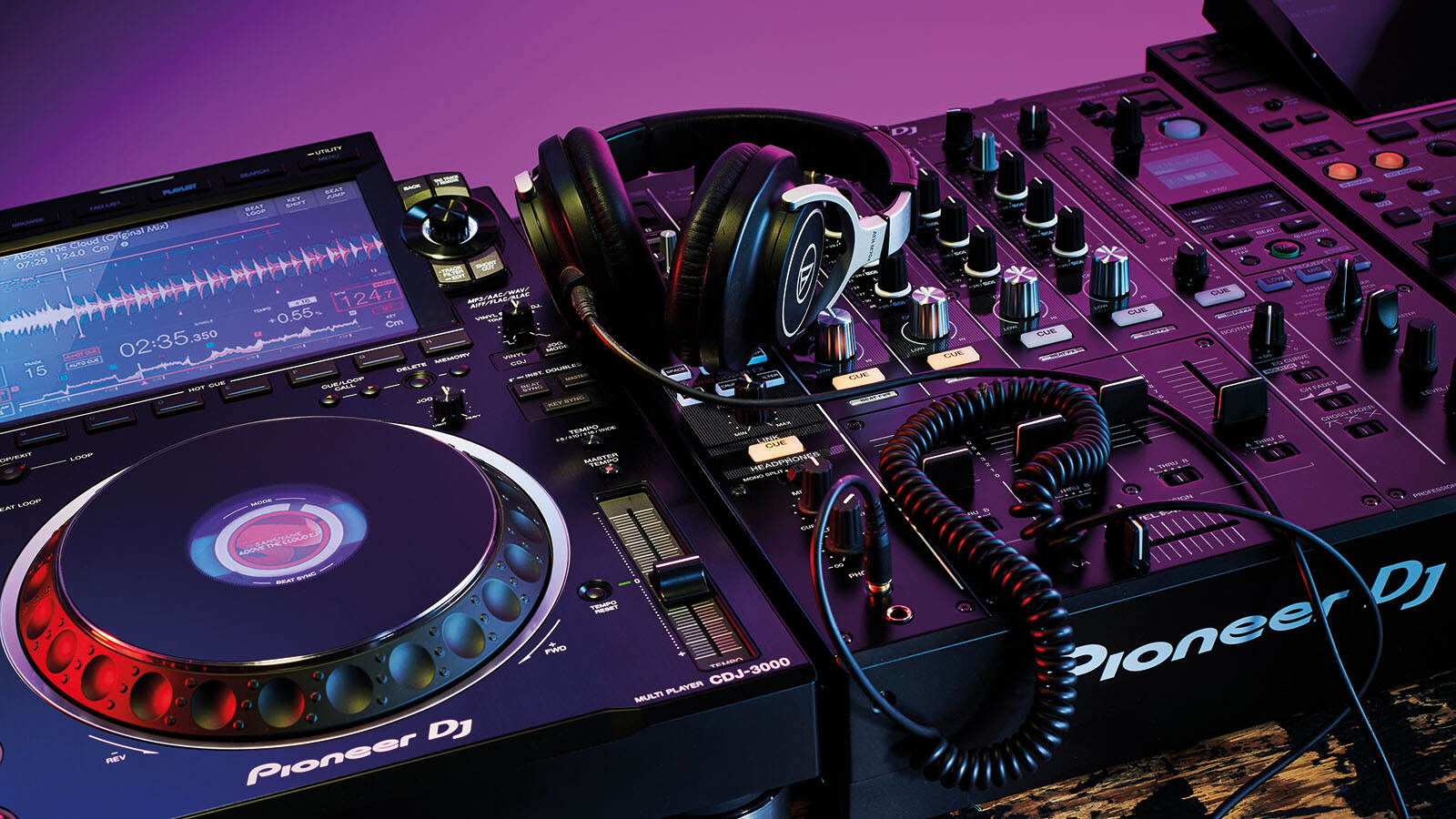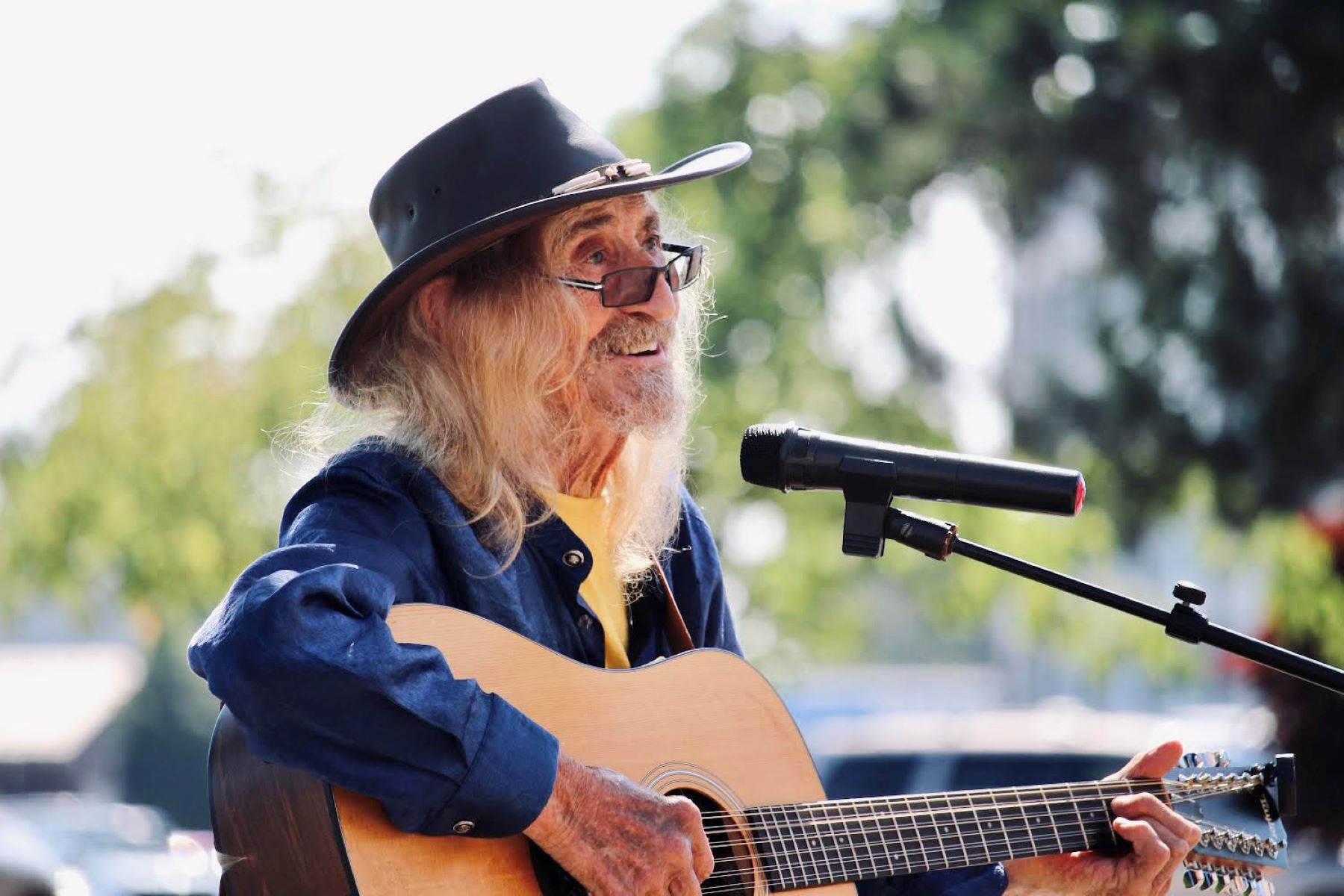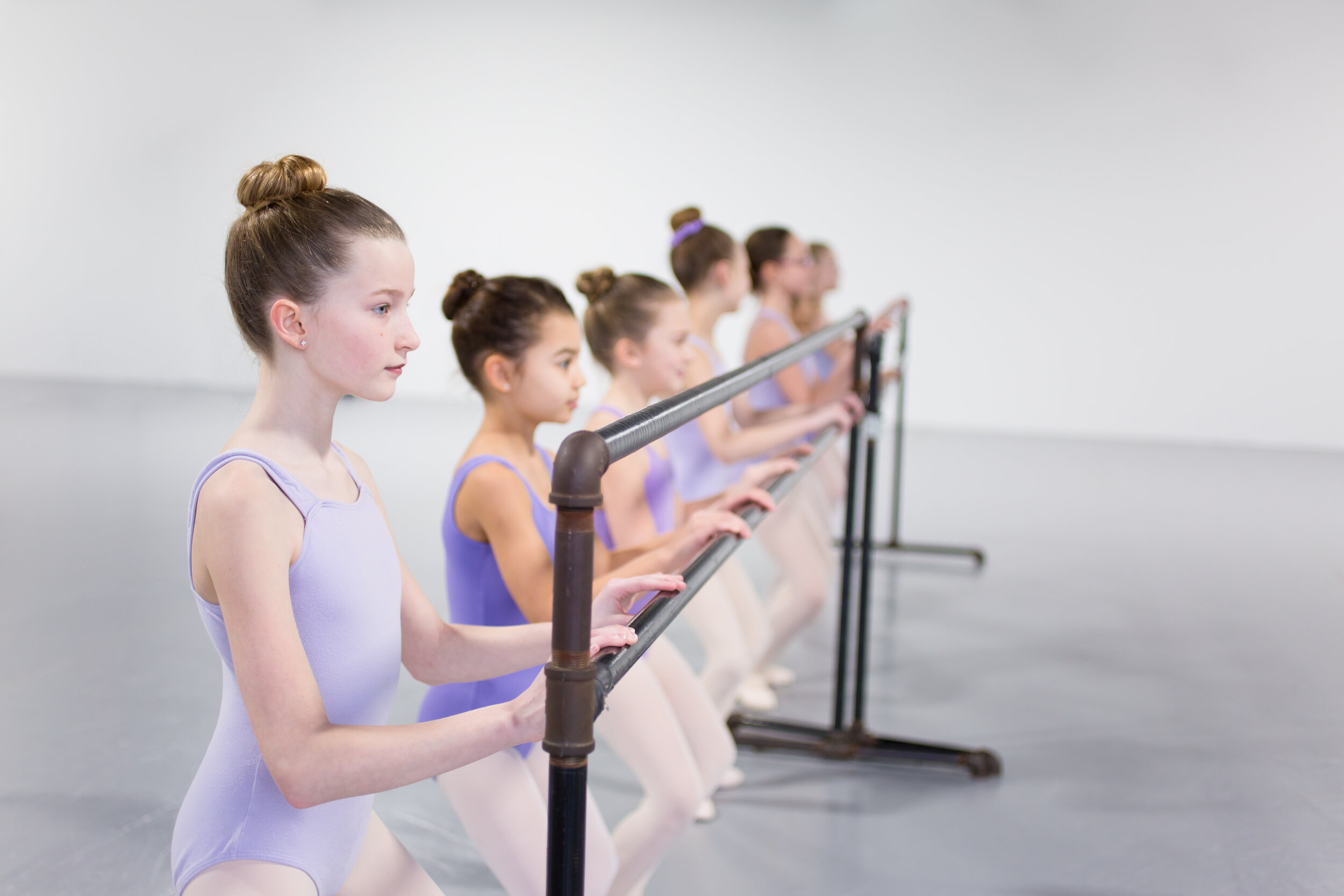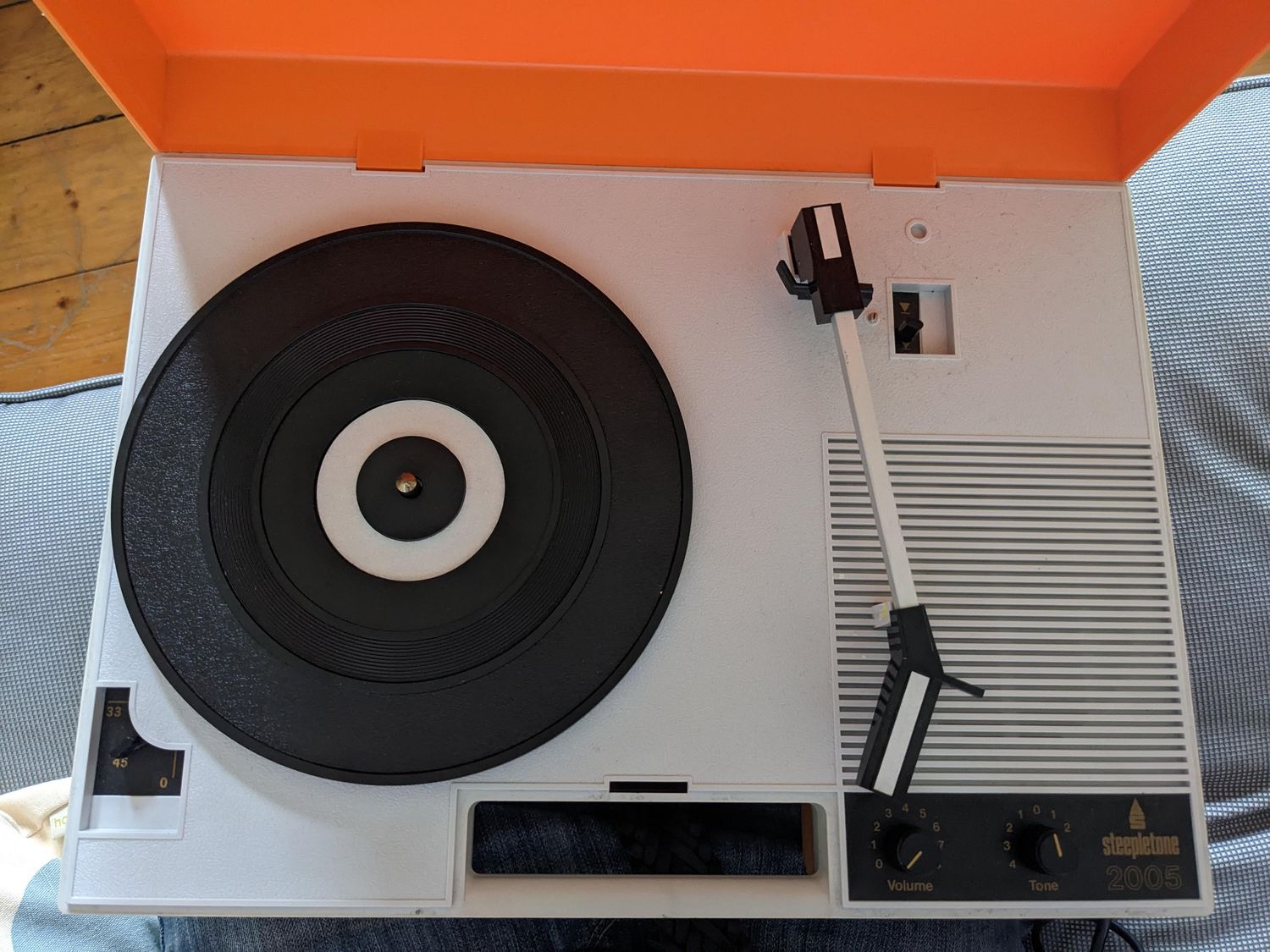Home>Events & Info>Opera>What Is A Comic Opera Called


Opera
What Is A Comic Opera Called
Modified: January 22, 2024
Discover the unique charm of comic opera, also known as "Opera buffa", that combines hilarious storytelling with the beauty of operatic music. Explore the world of opera and its entertaining genre.
(Many of the links in this article redirect to a specific reviewed product. Your purchase of these products through affiliate links helps to generate commission for AudioLover.com, at no extra cost. Learn more)
Table of Contents
Introduction
Comic opera is a vibrant and engaging genre of musical theater that combines elements of comedy, music, and drama. It has entertained audiences for centuries with its memorable characters, witty dialogue, and catchy tunes. From the charming melodies of Mozart’s “The Marriage of Figaro” to the lively antics of Rossini’s “The Barber of Seville,” comic opera has brought laughter and joy to theaters around the world. In this article, we will explore the fascinating world of comic opera, delve into its history, examine its key characteristics, and discuss some of the famous examples that have captured the hearts of audiences for generations.
Comic opera, often referred to as opera buffa, developed in the late 17th and early 18th centuries as a lighthearted alternative to the more serious and dramatic opera seria. It gained popularity for its relatable and humorous storylines, often revolving around love triangles, mistaken identities, and comedic misunderstandings. The fusion of music and comedy proved to be a winning formula, attracting both aristocrats and commoners alike. Unlike traditional opera, which was performed exclusively in royal courts and opera houses, comic opera found success in public theaters, reaching a wider audience and becoming more accessible to the general public.
One of the defining features of comic opera is its ability to blend comedy with music seamlessly. Comedic moments are often punctuated by delightful musical interludes, showcasing the composer’s skill in creating catchy tunes and clever musical motifs. These lively and melodic compositions further enhance the comedic effect, creating a rich and immersive experience for the audience.
Moreover, comic opera frequently incorporates elements of physical comedy, slapstick humor, and witty wordplay. The use of exaggerated gestures, comedic timing, and humorous dialogue adds an extra layer of entertainment to the performances. The audience is transported into a world of laughter and amusement, where the absurd and the ridiculous reign supreme.
Comic opera has undergone various transformations over the years. It has evolved alongside societal changes, adapting to new themes, styles, and sensibilities. Despite these transformations, one thing remains constant: the ability of comic opera to bring delight and laughter to people of all ages and backgrounds.
Definition of Comic Opera
Comic opera is a genre of musical theater that blends comedic elements with singing and music. It combines the art forms of opera and comedy, creating a unique and entertaining theatrical experience. In comic opera, the plot revolves around humorous situations, often filled with misunderstandings, comedic errors, and light-hearted conflicts. The characters in comic opera are typically colorful and exaggerated, adding to the comedic nature of the performances.
Unlike traditional opera, which focuses on dramatic and tragic themes, comic opera aims to entertain and amuse the audience. It uses humor and wit to tell a story, infusing lightheartedness and laughter into the narrative. The comedic elements in comic opera can range from witty dialogue and clever wordplay to physical comedy and slapstick humor.
Another distinctive feature of comic opera is the use of music to enhance the comedic effect. Catchy tunes, melodic motifs, and lively musical interludes are often incorporated into the performances, adding to the overall enjoyment and entertainment value. The music in comic opera can be light, playful, and rhythmic, perfectly complementing the comedic elements of the story.
Comic opera can be performed in various languages and styles, including Italian opera buffa, French opéra bouffe, and German komische Oper. Each style has its own unique characteristics, but they all share the common goal of providing comedic entertainment to the audience.
While comic opera is primarily focused on comedy, it can also include elements of drama and romance. The juxtaposition of humor and emotions creates a dynamic and engaging storyline, keeping the audience entertained from start to finish.
Comic opera has been a popular genre since its inception, appealing to a wide range of audiences. It offers a delightful and entertaining escape from the hardships of everyday life, transporting viewers into a world filled with laughter, joy, and memorable musical moments.
Historical Overview
Comic opera has a rich and diverse history, dating back to the late 17th century. It originated as a response to the highly formal and serious opera seria, which dominated the opera scene at the time. Composers and playwrights sought to create a lighter and more entertaining alternative, resulting in the emergence of opera buffa, or comic opera.
The birthplace of comic opera is Italy, where it gained popularity in the 18th century. Composers such as Giovanni Battista Pergolesi, Domenico Cimarosa, and Gioachino Rossini crafted lively and comedic works that captivated audiences across the country. Italian comic opera, known for its fast-paced storytelling and melodic compositions, quickly spread throughout Europe, influencing composers in France, Germany, and beyond.
In the 19th century, comic opera continued to flourish, with notable contributions from composers like Wolfgang Amadeus Mozart and Jacques Offenbach. Mozart’s “The Marriage of Figaro” and “Don Giovanni” are considered masterpieces of comic opera, showcasing his ability to blend humor with profound emotional depth. Meanwhile, Offenbach’s French opéra bouffe, such as “Orphée aux enfers” and “La vie parisienne,” incorporated satire and social commentary into their comedic storytelling.
In the late 19th and early 20th centuries, comic opera underwent further transformations. The rise of operetta, a light-hearted form of musical theater, blurred the lines between comic opera and musical comedy. Works by composers such as Gilbert and Sullivan, including “The Pirates of Penzance” and “The Mikado,” combined witty humor with catchy songs, further broadening the comedic repertoire of the genre.
Throughout the 20th century, comic opera underwent various revivals and reinterpretations. Modern composers, such as Benjamin Britten and Leonard Bernstein, experimented with new approaches, infusing the genre with contemporary themes and styles. The tradition of comic opera also found new life in the form of comedic musicals, such as “The Producers” and “The Book of Mormon,” which blended elements of traditional opera with modern humor.
Today, comic opera continues to be performed and enjoyed by audiences around the world. It remains a vibrant and ever-evolving genre, with new interpretations and adaptations contributing to its enduring popularity. From classic works by Mozart and Rossini to modern comedic productions, comic opera remains a beloved form of entertainment that brings laughter and joy to spectators of all ages.
Key Characteristics
Comic opera is characterized by several key elements that differentiate it from other forms of opera and musical theater. These characteristics contribute to the genre’s unique charm and appeal, captivating audiences with its humor, wit, and entertaining storytelling.
- Humorous Plots: One of the defining features of comic opera is its focus on comedic and light-hearted storylines. The plots often revolve around situations that lead to humorous misunderstandings, mistaken identities, and comedic conflicts. These entertaining narratives provide the foundation for the humor and comedic timing that is central to comic opera.
- Colorful Characters: Comic opera is known for its vibrant and exaggerated characters. From the clever and mischievous Figaro in Mozart’s “The Marriage of Figaro” to the bumbling and love-struck Papageno in “The Magic Flute,” the genre is filled with dynamic and memorable personalities. These characters often possess humorous quirks, traits, and mannerisms that add to the comedic effect of the performances.
- Witty Dialogue and Wordplay: Clever and humorous dialogue is a hallmark of comic opera. Playful banter, puns, double entendres, and clever wordplay are often incorporated into the libretto, adding an extra layer of humor and wit to the performances. The skilled combination of language and comedy provides endless opportunities for laughter and entertainment.
- Physical Comedy: Comic opera frequently incorporates physical comedy, utilizing exaggerated movements, gestures, and facial expressions to enhance the comedic effect. Slapstick humor, funny accidents, and comical choreography contribute to the visual appeal and amusement of the performances.
- Catchy and Lively Music: Music plays a crucial role in comic opera, complementing the comedic elements of the story. The music is often energetic, rhythmic, and melodic, reflecting the lively and playful nature of the genre. Catchy tunes and memorable melodies further enhance the entertainment value of the performances.
- Satire and Social Commentary: While comic opera primarily aims to entertain, it can also incorporate elements of satire and social commentary. By using humor to highlight societal norms, traditions, or flaws, comic opera has the power to both amuse and provoke thought, providing a multi-layered experience for the audience.
These key characteristics collectively contribute to the unique and enjoyable experience of watching and listening to comic opera. The combination of humor, music, and storytelling creates a rich and entertaining world that continues to captivate audiences of all ages.
Famous Examples
Comic opera has produced numerous beloved and iconic works throughout its history. These timeless classics have left a lasting impact on the genre, captivating audiences with their humor, memorable melodies, and entertaining characters. Here are some of the most famous examples of comic opera:
- The Marriage of Figaro – Composed by Wolfgang Amadeus Mozart, “The Marriage of Figaro” is considered one of the greatest comic operas of all time. It tells the story of Figaro, a quick-witted servant, and his attempts to outsmart his master, Count Almaviva. Filled with lively music, witty dialogue, and delightful characters, this masterpiece seamlessly blends comedy, drama, and romance.
- The Barber of Seville – Gioachino Rossini’s “The Barber of Seville” is another beloved comic opera that has become a staple of the genre. The plot revolves around the mischievous Figaro, a barber with a penchant for matchmaking, as he helps Count Almaviva woo the beautiful Rosina. With its infectious tunes, clever wordplay, and comedic situations, this opera has delighted audiences since its premiere in 1816.
- The Mikado – Written by Gilbert and Sullivan, “The Mikado” is a lighthearted and satirical operetta that pokes fun at British society and politics through a fictionalized version of Japan. The story follows the efforts of Nanki-Poo, disguised as a wandering minstrel, to marry the beautiful Yum-Yum, despite the interference of the comically corrupt Lord High Executioner. With its catchy songs and sharp wit, “The Mikado” has remained a popular choice for opera companies and theater groups worldwide.
- Così fan tutte – Mozart’s “Così fan tutte” is a charming and witty opera that explores the fickle nature of love and fidelity. Set in Naples, Italy, the story revolves around two pairs of lovers and a bet made by their older friend, Don Alfonso, to test their faithfulness. With its beautiful music, intricate vocal ensembles, and comedic misunderstandings, “Così fan tutte” is a prime example of Mozart’s mastery of both drama and comedy.
- Die Fledermaus – Johann Strauss II’s operetta “Die Fledermaus” is a delightful and humorous work that has become a staple of the New Year’s Eve repertoire in many parts of the world. The story follows the misadventures of Gabriel von Eisenstein, his wife Rosalinde, and their friends at a luxurious party. With its infectious melodies, sparkling orchestration, and playful humor, “Die Fledermaus” is a joyous celebration of music and laughter.
These are just a few examples of the famous comic operas that have endured the test of time. Each work showcases the unique blend of comedy, music, and storytelling that makes comic opera such a beloved and enduring genre.
Role of Comedy in Comic Opera
Comedy plays a central and vital role in comic opera, shaping its essence and captivating audiences with laughter and amusement. The comedic elements serve multiple purposes in the genre, adding entertainment value, enhancing storytelling, and providing a relatable and enjoyable experience for the audience.
One of the primary roles of comedy in comic opera is to entertain. The genre aims to bring joy and laughter to the audience, providing a light-hearted and enjoyable escape from the realities of life. Through comedic situations, witty dialogue, and humorous characters, comic opera creates a unique and engaging atmosphere that evokes laughter and delight.
Comedy also plays a crucial role in enhancing the storytelling in comic opera. By infusing humor into the plot, the audience becomes more emotionally invested in the characters and their journeys. The comedic elements can highlight the human condition, exploring universal themes such as love, relationships, and societal conventions. Through laughter and wit, comic opera offers a fresh perspective on life, inviting the audience to reflect and connect with the story on a deeper level.
Furthermore, comedy in comic opera serves as a vehicle for social commentary and satire. By using humor to poke fun at societal norms, traditions, and stereotypes, the genre has the power to expose the absurdities and ironies of the world. Through clever wordplay, exaggerated characters, and comical situations, comic opera can challenge conventions and provoke thought, making the audience examine their own beliefs and values.
Moreover, comedy in comic opera allows for self-reflection and self-awareness. By laughing at the follies and foibles of the characters, the audience can also find humor in their own humanity. It encourages a sense of empathy and recognition, reminding viewers that we are all flawed and susceptible to the whims and quirks of life.
Overall, the role of comedy in comic opera is multifaceted and dynamic. It brings entertainment, enhances storytelling, and offers social commentary through humor and wit. Through laughter and amusement, comic opera creates a unique and memorable experience that resonates with audiences, leaving a lasting impression and fostering a love for the genre.
Music and Lyrics in Comic Opera
Music and lyrics are integral components of comic opera, contributing to its vibrant and entertaining nature. The combination of catchy melodies, humorous lyrics, and skillful composition adds depth and charm to the genre, enriching the comedic storytelling and captivating the audience.
In comic opera, the music serves as a means of expression, helping to convey emotions, enhance comedic timing, and create a lively atmosphere. Composers craft melodies that reflect the light-hearted and playful nature of the genre, utilizing rhythmic patterns, memorable motifs, and catchy tunes to capture the essence of each character and situation.
The music in comic opera often features lively and energetic tempos, reflecting the dynamic and comedic spirit of the performances. It can be rhythmic and dance-like, adding to the entertainment value of the show. Comedic situations are often punctuated by comedic musical interludes, showcasing the composer’s ability to create joyful and amusing melodies that perfectly complement the humorous elements of the storyline.
The lyrics in comic opera play a crucial role in advancing the narrative and adding to the comedic effect of the performances. They are crafted with wit, wordplay, and clever rhymes, contributing to the humor and light-heartedness of the genre. The lyrics often highlight humorous situations, absurdities, and character traits, providing an additional layer of amusement for the audience.
Comic opera lyrics are frequently written in the vernacular language of the audience, allowing for easy understanding and enjoyment of the comedic dialogue and wordplay. This accessibility contributes to the genre’s appeal and allows for a broader range of audience members to appreciate and connect with the performances.
Additionally, the ensemble and chorus numbers in comic opera are key highlights that bring together the music and lyrics to create a dynamic and engaging experience. These large-scale musical moments often involve intricate vocal harmonies, witty wordplay, and synchronized movements, showcasing the talents of the performers and adding to the overall comedic impact of the production.
Overall, the combination of music and lyrics in comic opera creates a harmonious marriage of sound and word, enhancing the comedic storytelling and bringing laughter and joy to the audience. The catchy tunes, clever lyrics, and well-crafted compositions contribute to the unique charm and enduring popularity of the genre.
Difference between Comic Opera and Operetta
Comic opera and operetta are two distinct genres of musical theater, each with its own unique characteristics and traditions. While they both incorporate elements of comedy, music, and storytelling, there are notable differences that set them apart from each other.
Comic opera, also known as opera buffa or opera comique, is primarily focused on comedy and entertainment. It originated in the 18th century as a response to the serious and formal opera seria. Comic opera often features lively and humorous storylines, exaggerated characters, and witty dialogue. The music in comic opera is typically light, playful, and melodic, enhancing the comedic effect of the performances. It balances comedy with drama and emotion, creating a dynamic and engaging narrative that resonates with the audience.
On the other hand, operetta is a form of light opera that emerged in the 19th century. It combines elements of both comic opera and musical comedy. Operetta often features romantic storylines, lighter comedic moments, and a greater emphasis on song and dance. The music in operetta is more varied and diverse, incorporating catchy tunes, dance numbers, and lush orchestrations. Unlike comic opera, which tends to blend comedy with drama, operetta leans towards light-heartedness and romanticism, providing an escape into a world of enchantment and fantasy.
One key difference between comic opera and operetta is the language in which they are performed. Comic opera is often sung in the audience’s native language, allowing for direct and immediate understanding of the comedic dialogue and lyrics. In contrast, operetta is frequently performed in the language of the country where it was created, such as French for French operetta or German for German operetta. This language distinction adds a cultural and linguistic element to the genres, further shaping their identities.
Another difference lies in the scale and production values. Comic operas are typically grand productions, often performed in opera houses with elaborate sets, costumes, and large orchestras. Operettas, on the other hand, are often more intimate in scale and can be performed in smaller theaters or cabarets. They may incorporate spoken dialogue between musical numbers, giving them a more theatrical and conversational quality.
Furthermore, while comic opera often draws upon universal comedic themes and humor, operetta tends to be more culturally specific and tied to the time and place of its creation. Operettas often reflect the social and historical context in which they were composed, providing a glimpse into the cultural nuances and traditions of the period.
Despite these differences, both comic opera and operetta have remained popular and continue to entertain audiences around the world. They each offer a unique blend of music, comedy, and storytelling, providing an enjoyable and memorable experience for theatergoers of all ages.
Conclusion
Comic opera is a genre of musical theater that has delighted audiences for centuries with its blend of comedy, music, and storytelling. From its origins in Italy in the 17th century to its evolution into modern interpretations, comic opera continues to captivate and entertain people around the world.
With its humorous plots, colorful characters, witty dialogue, and lively music, comic opera offers a unique and enjoyable experience for audiences. The genre’s ability to combine laughter with emotional depth creates a dynamic and engaging narrative that resonates with viewers of all backgrounds.
Throughout its history, comic opera has given rise to numerous iconic works that have become beloved classics. From Mozart’s enchanting “The Marriage of Figaro” to Rossini’s exuberant “The Barber of Seville,” these masterpieces continue to delight theatergoers and showcase the enduring appeal of the genre.
While comic opera shares similarities with other forms of musical theater, such as operetta, it has its own distinctive characteristics. The focus on comedy, the incorporation of physical humor, and the use of relatable characters and situations set comic opera apart and make it a genre that brings joy and laughter to audiences.
In conclusion, comic opera is a vibrant and entertaining genre of musical theater that combines comedy, music, and storytelling to create a unique and memorable experience. Its ability to evoke laughter, provoke thought, and stir emotions has made it a beloved art form that continues to thrive today. Whether it’s the timeless classics or modern reinterpretations, comic opera remains an enduring form of entertainment that brings people together and reminds us of the power of laughter.











